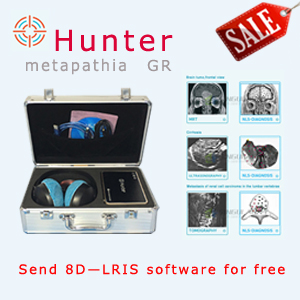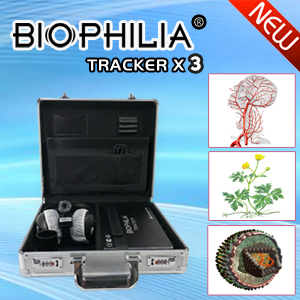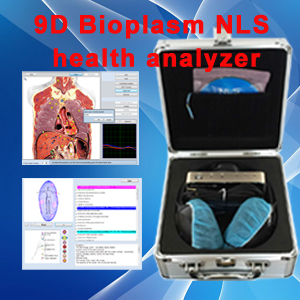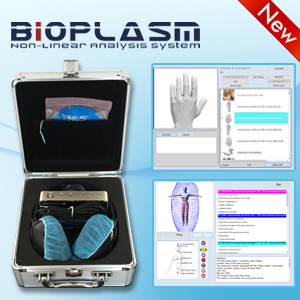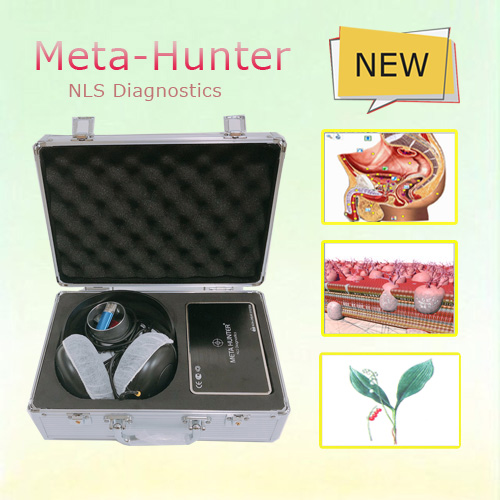Clinical observation of bioplasm software
There is a clinical observation.
Patient A., 36 years. Presented problems on weight feeling in right hypochondrium, asthenia. Objectively: clear heart tones, rhythmic, pulse 86 bpm. Arterial pressure 120/80 mm Hg. Soft stomach, painless. Laboratory data: clinical blood analysis – eosinophilia, clinical urine analysis, coagulogram within normal range. Bioplasm software showed cyst formation, occupying VI–VII segments of right hepatic lobe with multilayered capsule common for echinococcus. Cystic nature of changes, localization and presence of thick capsule were specified using MRT. Echinococcus cyst in VI–VII hepatic segments was registered based on mixed diagnostics.
Calcification foci common for parasitic hepatic cysts were found in 3 patients. Cysts more than 100 mm in diameter were registered in 34 patients. Bioplasm software with spectral-entropy analysis method was the most informative and universal one, which is a screening method for patients examination with cystic lesions of the abdominal cavity. Precise diagnosis of hepatic echinococcosis was established in most of the cases when using bioplasm software. Determination of nature of intracystic inclusions (secondary cysts, septums and etc.) assisted in differential diagnostics. Serological reactions (indirect hemagglutination reaction, immunoenzymometric analysis and antigen serological diagnosis) for echinococcosis, as well as cytological, bacteriological and biochemical studies data served as spectral-entropy analysis confirmation results. bioplasm software had considerable information value in case of multiple and widespread echinococcosis. Definition of precise niveau diagnosis during bioplasm software was easily achievable in giant echinococcus cysts and multiple lesion cases. Combination of bioplasm software with CT or MRT was necessary in some cases. Complexity of differential CT-diagnostics in case of echinococcus liver diseases was associated with structural features of parasitic lesions. Differentiation between ordinary and monovesicular echinococcus thin-membrane cysts, without parasitic membranes and internal structures dissection caused some difficulties. In these cases correct diagnostics was based on mixed clinical-laboratory and radiation examinations of patients. When analyzing helical computed tomography results with bolus contrast enhancement, we have registered that contrast enhancement of surrounding liver parenchyma in parasitic cysts was diffuse-uneven in 50% of cases.
This article is provide from [Bioplasm nls],please indicate the source address reprinted:http://www.bioplasm-nls.com/nls_knowledge/Clinical_observation_of_bioplasm_software.html


